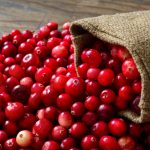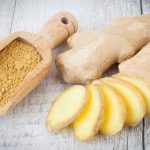Garnering from the previous post about the benefits of curcumin, it can be understood that although curcumin is a potent compound for the treatment of a wide range of human diseases, the curcumin content of turmeric is not that high. On top of it, curcumin has relatively low bioavailability as it is normally poorly absorbed into the bloodstream.
The reason behind the low bioavailability of curcumin is revealed by studies to be low absorption and rapid metabolism. One of the main reasons is also due to its low solubility in water. However, the low bioavailability of curcumin can be addressed by combining with Bioperine or Piperine from black pepper. Taking curcumin with black pepper significantly increases the bioavailability of curcumin and enhances the absorption.
Curcumin is also fat soluble and many studies suggested that the absorption of curcumin increases from 47% to 56% when it is present in fat. The micelles and phospholipid complexes found in fat increase the absorption of supplements and drugs from the gastrointestinal tracts. Thus, it may be a good idea to take it with a fatty meal. Alternatively, it can be mixed with coconut oil, flaxseed oil and olive oil.
Another way to increase the bioavailability of curcumin is if curcumin is taken with Quercetin. Quercetin is flavonoid and it is found in many plants and foods such as apple, red grapes, onion, citrus fruit and so on. Apple Cider Vinegar can also deliver results as it has Quercetin in it. The presence of sulfotransferase enzyme inactives curcumin. Thus, taking Quercetin aids in the inhibition of sulfotransferase enzyme.
All in all, it is important to incorporate curcumin in our daily diet and the low bio-availability can be easily overcome by ways as mentioned above. However, when it comes to taking curcumin – as with all other supplements – it is best to be modulated by health consultants for proper dosage and utilization.




